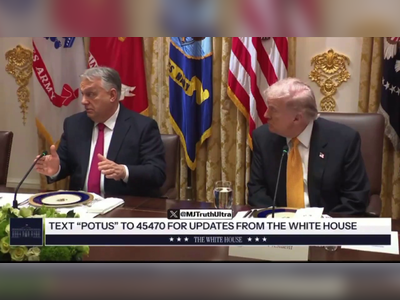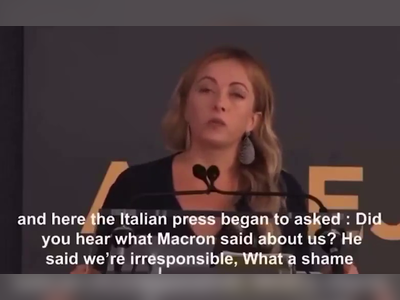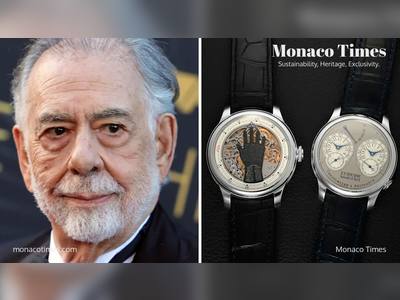
Papal Conclave Preparations Underway Following Death of Pope Francis
Cardinals to convene in Rome for the election of a new pope after the passing of Pope Francis.
Pope Francis passed away on April 21 at the age of 88, prompting the commencement of preparations for the papal conclave.
In response to his death, 133 cardinal electors under the age of 80 have been summoned to Rome to elect his successor, following the rules outlined for the conclave.
Notably, out of 135 eligible cardinals, two will not be participating.
The conclave is scheduled to begin on May 7, with the cardinal electors engaging in a series of secret ballots conducted inside the Sistine Chapel.
After each voting session, ballots will be incinerated in a stove, with smoke emitted from a chimney visible from St. Peter's Square.
Black smoke will indicate that no pope has been elected, while white smoke will signal the election of a new pope; the latter effect is achieved by burning specific chemicals alongside the ballots.
Voting will commence on the first day with one ballot, followed by two ballots each in the morning and afternoon.
A cardinal requires a two-thirds majority, specifically a minimum of 89 votes, in order to be elected as pope.
Should the first vote of the day fail to result in a majority, the cardinals will proceed to a second vote.
The same process applies for the afternoon session.
The conclave includes provisions for a pause after three consecutive days of unsuccessful voting, during which cardinals will engage in prayer before continuing with subsequent rounds of voting to finalize the election.
As the world awaits the outcome of this significant event in the Catholic Church, the eyes of millions will be on the Vatican and its symbolic chimney, a hallmark of the papal election process.
In response to his death, 133 cardinal electors under the age of 80 have been summoned to Rome to elect his successor, following the rules outlined for the conclave.
Notably, out of 135 eligible cardinals, two will not be participating.
The conclave is scheduled to begin on May 7, with the cardinal electors engaging in a series of secret ballots conducted inside the Sistine Chapel.
After each voting session, ballots will be incinerated in a stove, with smoke emitted from a chimney visible from St. Peter's Square.
Black smoke will indicate that no pope has been elected, while white smoke will signal the election of a new pope; the latter effect is achieved by burning specific chemicals alongside the ballots.
Voting will commence on the first day with one ballot, followed by two ballots each in the morning and afternoon.
A cardinal requires a two-thirds majority, specifically a minimum of 89 votes, in order to be elected as pope.
Should the first vote of the day fail to result in a majority, the cardinals will proceed to a second vote.
The same process applies for the afternoon session.
The conclave includes provisions for a pause after three consecutive days of unsuccessful voting, during which cardinals will engage in prayer before continuing with subsequent rounds of voting to finalize the election.
As the world awaits the outcome of this significant event in the Catholic Church, the eyes of millions will be on the Vatican and its symbolic chimney, a hallmark of the papal election process.









